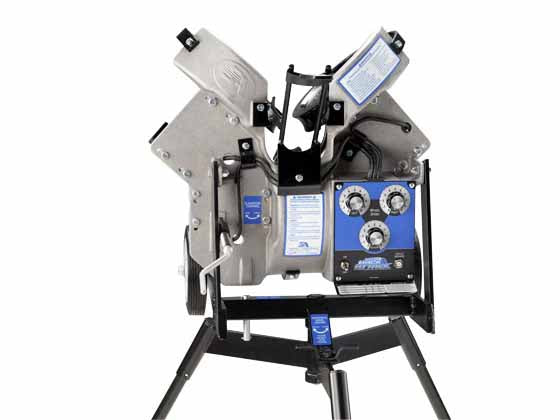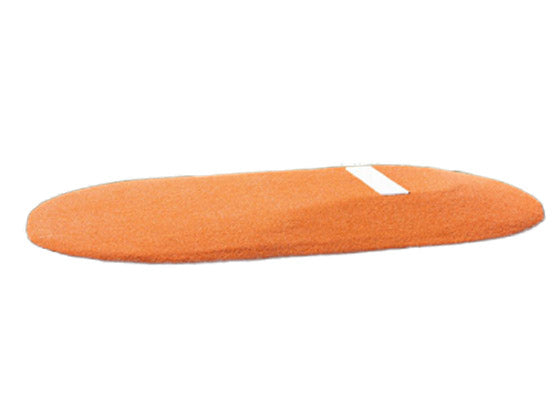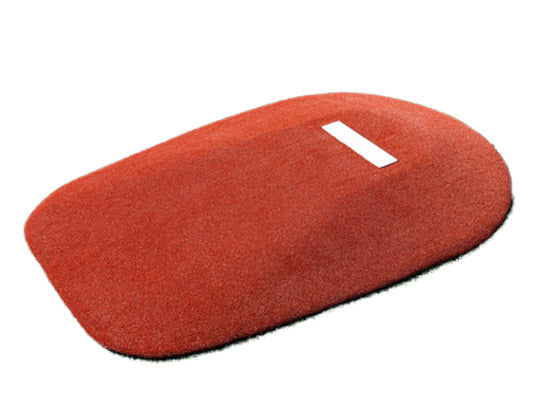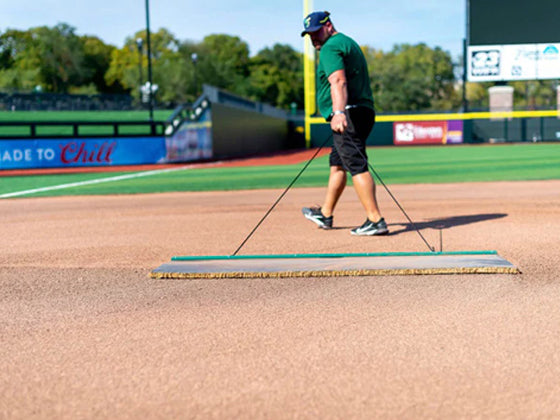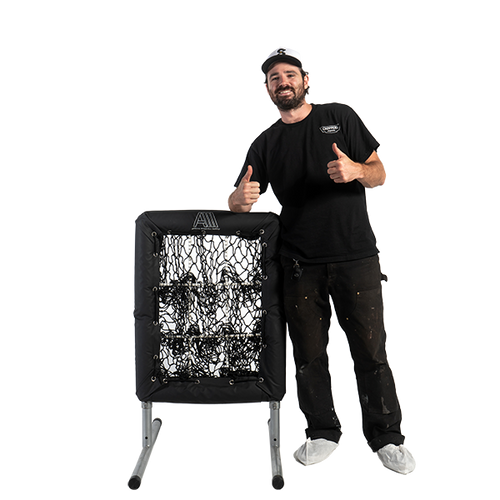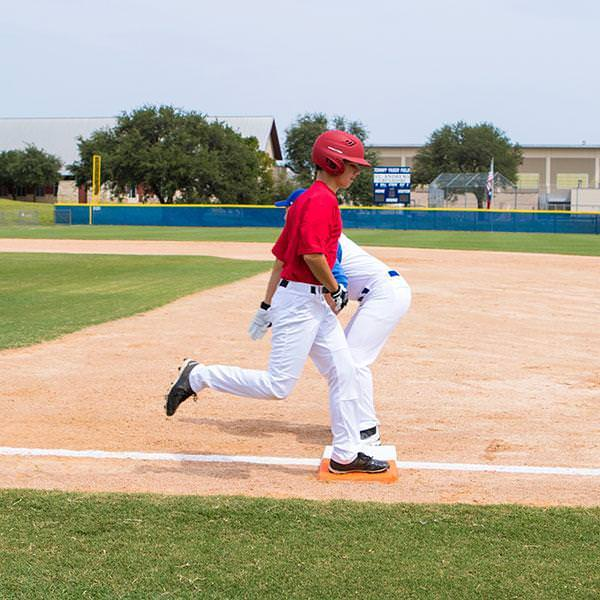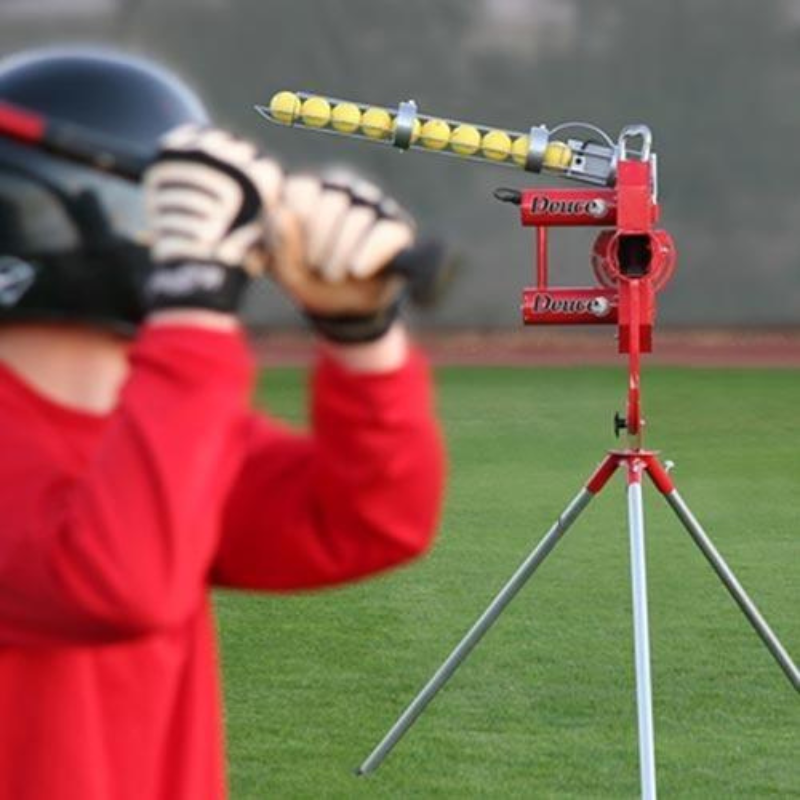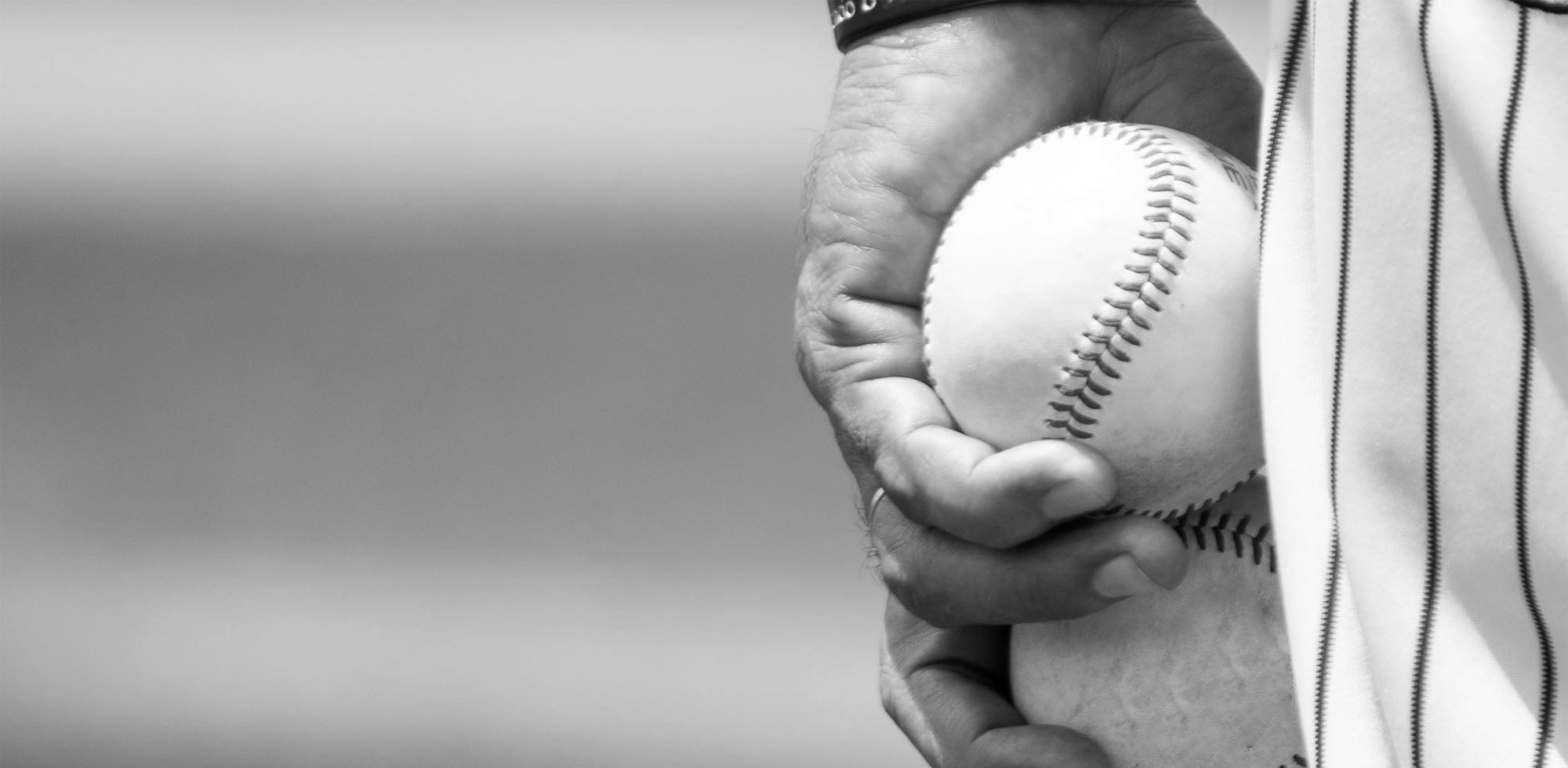Ready to step up your baseball training practice game?
Look, I've been on both sides of an l screen—throwing BP as a coach and taking swings as a player. And let me tell you, there's nothing quite like the peace of mind that comes from having a solid baseball L screen between you and a line drive back up the middle. Trust me on this one.
Whether you're running softball training sessions, coaching youth programs, or just want to get some quality reps in your backyard, the right l-screen can make or break your practice flow. But here's the thing—not all baseball screens are created equal. Some fold up after one season, others are built like tanks but weigh as much as one too.
I'm about to walk you through 7 game-changing strategies for choosing the perfect l screens for baseball that'll keep your players safe, your budget happy, and your practices running smooth. From portable pitching screens that set up in seconds to heavy-duty professional-grade units, we're covering it all.
Strategy #1: Know Your L Screen Types (And Pick Your Battle)

First things first—let's talk about what you're actually buying here.
I remember my first coaching gig at a local youth league. We had this ancient l-screen that looked like it survived a meteor strike. The net had holes, the frame was bent, and honestly, it provided about as much protection as a paper bag during pitching practice. That's when I learned the hard truth: your l-screen is only as good as its weakest component.
Here's the breakdown of what you'll find out there:
Standard L Screens: These are your bread-and-butter baseball screens. Usually 7′ x 7′ dimensions, perfect for most batting practice sessions. Great for youth players and recreational use.
Pro L Screen Models for softball pitching and baseball training: Built for repeated impact from weighted balls and live BP sessions, ensuring durability. Heavy-gauge steel frames, high-quality netting material, and designed to handle whatever your hitters can dish out.
Portable L Screen Options: My personal favorite for multi-field operations. Built-in wheels make setup and takedown a breeze (and your back will thank you). The Champro portable series is solid—I've used their 5′ models for front toss drills.
Specialty Pitching Screens: Some come with cutout designs or sock attachments for specific drill work. These are clutch for advanced players working on precision.
The key spec to watch? Frame thickness. Anything under 1.5" steel tubing is asking for trouble when those line drives start flying.
Strategy #2: Wheel Kit or No Wheel Kit? (Spoiler: Always Get Wheels)

This one's non-negotiable in my book for high-quality baseball training.
Last season, I watched a coach and two assistants struggle for 10 minutes trying to drag a standard l-screen across a muddy infield. Meanwhile, I rolled my l screen with a wheel kit from the storage shed to home plate in about 30 seconds. The difference? Maneuverability that actually works.
Why L Screen Wheel Kits Matter:
- Setup time drops from 5+ minutes to under 60 seconds
- No more back strain from lifting 50+ pound screens
- Easy repositioning during practice for different drill angles
- Protects the frame from dragging damage
The screen wheel kit adds maybe $40-60 to your total cost, but it's worth every penny. Look for wheels that lock in place—nothing worse than your protective screen rolling away mid-pitch (learned that one the hard way during a windy April practice).
Pro tip: The built-in wheels on portable l screen models are usually more durable than add-on wheel kits. Something about integrated design just holds up better to repeated use.
Strategy #3: Net Quality Separates the Pros from the Pretenders

Here's where most buying guides get it wrong—they focus on frame specs and ignore the netting material. Big mistake.
I've seen $200 baseball l-screens with cheap netting that develops holes after one month of use. On the flip side, quality baseball screens with UV-treated, high-tensile nets can handle years of abuse and still catch line drives like they're soft tosses.
What to Look For in L Screen Netting:
- UV-treated material (crucial for outdoor use)
- Double-stitched seams
- Minimum 42" square mesh holes
- Weather-resistant coating enhances durability for all baseball equipment.
The premium series models usually spec out their netting material clearly. If a manufacturer doesn't mention UV treatment or material specs, especially regarding durability, that's a red flag.
I once tested a budget l-screen alongside a professional-grade model using the same pitcher throwing identical fastballs. The cheap net started showing stress points after 100 pitches. The pro model? Still looked brand new after 500+ impacts.
That $50 you save on a bargain screen? You'll spend it replacing the net in six months.
Strategy #4: Size Matters (But Not How You Think)
Most coaches automatically reach for the biggest l-screen they can find. I get it—more coverage feels safer. But bigger isn't always better for your specific training needs.
Standard 7′ x 7′ L Screens: Perfect for most batting practice scenarios. Provides solid pitcher protection without taking up too much field space. Great for youth programs and recreational leagues.
Compact 5′ Models: These are gold for front toss drills and indoor batting cage setups. Easier to store, lighter to move, and honestly more than enough protection for underhand delivery.
*For coaches and players looking to maximize their training setup beyond just protective screens, creating a dedicated practice space at home can be transformative. Explore our comprehensive guide to backyard batting cage ideas and inspiration to build the perfect training environment where your portable l-screen can become the centerpiece of year-round development.
Oversized Options: Some manufacturers offer larger dimensions, but here's the thing—they're harder to position accurately and can actually interfere with certain drill progressions.
I run practices with both 5′ and 7′ screens depending on what we're working on. The 5′ portable pitching screen is clutch for close-range work, while the 7′ unit handles live BP like a champ.
Quick spec check: Measure your available storage space before you buy. That massive l-screen won't do you any good if it doesn't fit in your equipment shed.
Strategy #5: Frame Construction Is Your Insurance Policy
This is where you separate budget-friendly from top-tier quality.
Three years ago, I bought what I thought was a "deal" on a field screen with thin steel tubing, which lacked the durability needed for high-quality baseball training. First practice of the season, a sharp grounder caught the bottom corner and bent the entire frame. Game over. That $150 "savings" cost me $300 in replacement costs for low-quality baseball equipment.
Steel Frame Specs That Matter:
- Minimum 1.5" heavy-gauge steel tubing
- Powder-coated finish for weather resistance
- Reinforced corner joints
- Rubber-tipped legs for stability and field protection
The professional-grade units typically use 2" steel frames with welded construction. Yes, they're heavier (think 60-70 lbs vs. 40-50 lbs), but they'll survive seasons of punishment.
Fiberglass frames are another option—lighter weight, won't rust, but honestly not as durable for repeated impact. Great for occasional use, not so much for daily team practices.
Pro insight: Check the weight rating if it's listed. Quality l screens for baseball should handle impacts up to 90+ mph without frame deformation.
Strategy #6: Consider Your Complete Training Setup

Here's something most buying guides miss—your l-screen doesn't exist in a vacuum.
If you're running indoor and outdoor practice sessions, portability becomes huge. If you've got multiple fields to cover, that wheel kit we talked about isn't optional. And if you're working with a pitching machine (like the Heater Deuce 95 we stock), you need precise positioning capability.
*Speaking of pitching machines, pairing quality protective equipment with the right automated training tools creates an incredibly efficient practice environment. If you're considering adding a pitching machine to your setup, our detailed breakdown of how much pitching machines cost helps you budget for both the machine and the essential safety equipment like l-screens that make solo training sessions possible.
Think About Your Complete Picture:
- Storage space and transport requirements
- Field surface types (grass, turf, dirt)
- Practice frequency and intensity
- Budget for replacement parts and maintenance
*A complete practice setup extends beyond protective equipment to include all the fundamental field components that create game-like conditions. From l-screens to proper infield equipment, understanding your options for types of baseball bases ensures your entire practice environment—from the pitcher's mound to home plate and beyond—meets safety and performance standards.
I've seen coaches buy the perfect l-screen for their main field, then realize they can't easily move it to their backup facility. Suddenly that "perfect" screen becomes a headache.
The bownet series offers some interesting modular options—you can add extensions or reconfigure for different drill setups. More versatility usually means higher upfront cost but better long-term value.
While l-screens excel at protecting pitchers during batting practice, rounding out your training arsenal with complementary equipment maximizes practice efficiency. Check out our guide to the best pitching nets to see how adding versatile net systems alongside your protective screens creates a complete training environment for multiple drill types.
Strategy #7: Safety Features That Actually Matter
Look, we're talking about protecting players and coaches from 70+ mph projectiles here. Safety isn't negotiable.
Last month, I witnessed a line drive that would've seriously injured a pitcher if not for proper coach protection. The l-screen took the impact, flexed, and bounced back like nothing happened. That's what quality engineering looks like in action.
Must-Have Safety Features for durability:
- Adequate height coverage (minimum 7 feet)
- Stable base that won't tip over
- No sharp edges or protrusions
- Quick-release net replacement system
Some premium models include ground stakes for windy conditions and padded frame edges where players might make contact. These aren't luxury features—they're smart design choices that prevent injuries.
The cutout designs on some pitching l screen models are controversial. They allow better pitcher-catcher communication but reduce the protection area. I use high-quality baseball equipment for specific drill work but stick with full coverage for live BP.
Remember: The best l-screen is the one that keeps everyone safe while improving your practice sessions.
Time to Upgrade Your Practice Game
Here's what we've covered: quality netting beats cheap alternatives every time, wheel kits are non-negotiable for efficiency, frame construction determines longevity, and size should match your specific training needs.
Whether you're protecting youth players during their first BP sessions or running advanced training for competitive teams, the right baseball l screen makes all the difference. It's not just equipment—it's peace of mind that lets you focus on coaching instead of worrying about safety during pitching practice.
Ready to find your perfect l-screen match?
Browse our complete selection of professional-grade baseball screens, from portable models perfect for multi-field operations to heavy-duty units built for daily team practices. Every screen comes with our 30-day satisfaction guarantee because we know quality when we see it.
Questions about which l-screen fits your program?
Drop us a message on Instagram @[YourHandle] or check out our gear demonstration videos on YouTube. We're here to help you make the right choice the first time.
Just sharing tips from the field—always prioritize safety in your training sessions!

 Contact Us
Contact Us